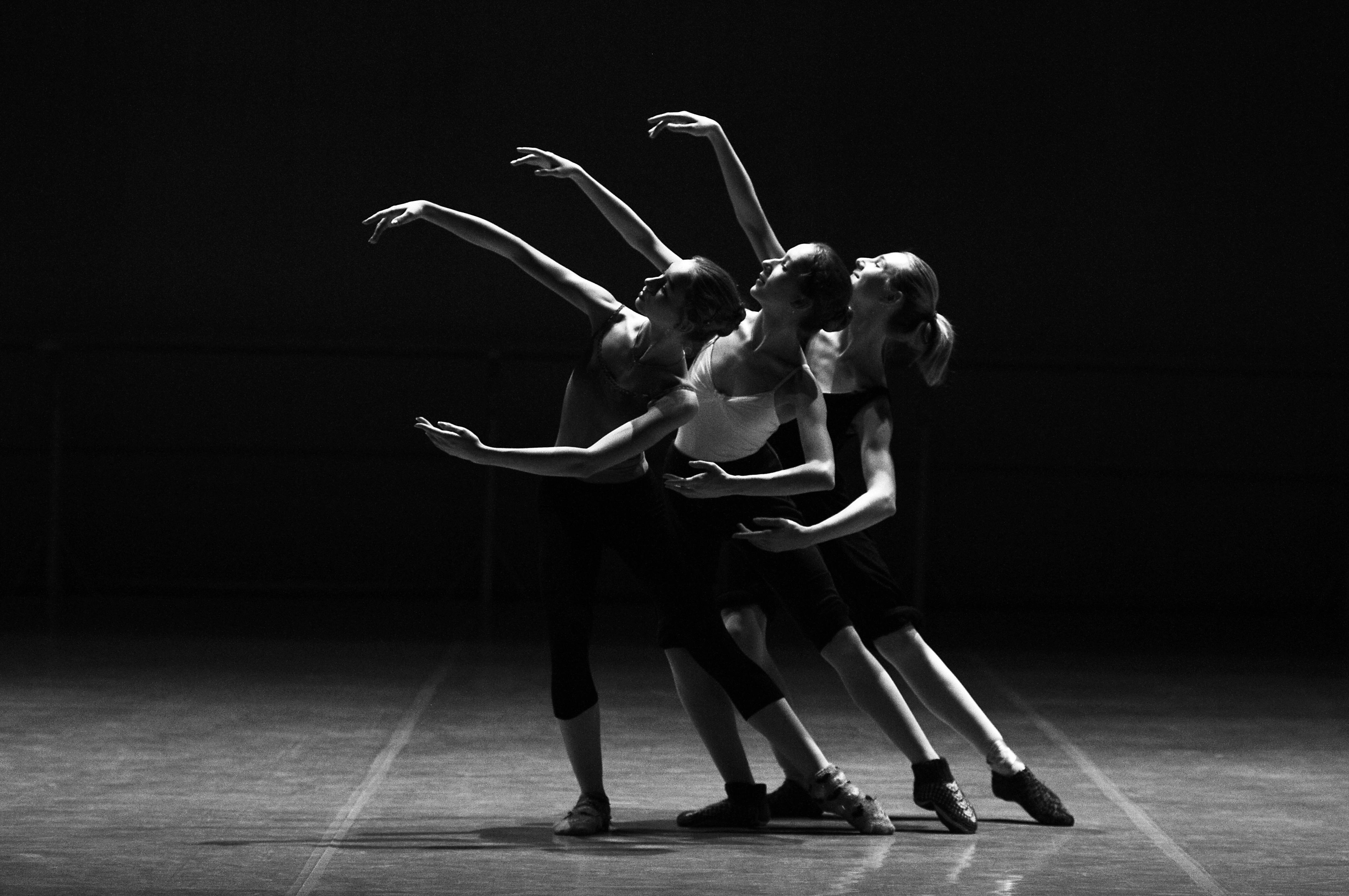Reinventing Storytelling: The Innovative Fusion of Dance and Cinema
The art of storytelling has been a fundamental part of human civilization, evolving with time and technology. The latest trend in the arts and entertainment industry is the innovative fusion of dance and cinema, a fresh, unique blend that is altering the traditional narrative framework. This article delves into the historical context, key developments, and the current impact of this fusion on the arts and entertainment industry.

Dance and Cinema: A Historical Overview
The convergence of dance and cinema is not a new concept. Since the invention of film, dance has been a captivating element in movies, from the elaborate musical numbers of Hollywood’s Golden Age to the intricate choreography in modern music videos. However, the use of dance as a primary storytelling tool in cinema represents a new and exciting evolution. This shift away from dialogue and conventional narrative structures towards movement-based storytelling has its roots in experimental films and art house cinema of the 20th century.
The Emergence of Dance-Centric Filmmaking
In recent years, this innovative approach has gained mainstream attention. Directors and choreographers are increasingly collaborating to create films where dance is not just a component but the principal narrative medium. Films like “Pina” by Wim Wenders and “Climax” by Gaspar Noé, showcase dance as a powerful storytelling tool, capable of evoking complex emotions and narratives. This trend is also evident in shorter formats like music videos and commercials, where dance-centric storytelling is proving to be highly effective.
Current Trends and Developments
The fusion of dance and cinema continues to evolve, with filmmakers pushing the boundaries of what is possible. Advancements in technology, such as virtual reality and motion capture, are opening up new avenues for exploration. Dance films are now being created for immersive environments, offering audiences the chance to experience dance and storytelling in a completely novel way. This trend is also making its way into mainstream cinema, where dance sequences are becoming more central to the plot, rather than just being a spectacle.
Impact and Reception
The fusion of dance and cinema has been met with both critical acclaim and audience appreciation. Critics praise these films for their innovative approach to storytelling, their visual aesthetics, and the way they push the boundaries of both dance and cinema. Audiences, too, have embraced this trend, as seen in the popularity of dance-centric films and music videos. This fusion has also sparked interest in dance as an art form, encouraging people to engage with dance in new and exciting ways.
The Future of Dance and Cinema
As technology continues to evolve and filmmakers continue to experiment, the future looks promising for this fusion of dance and cinema. The potential for virtual reality and augmented reality in dance-centric filmmaking is vast, and the increasing collaboration between choreographers and directors is likely to produce even more innovative work. This trend is not only reinventing storytelling, but it’s also redefining the boundaries between different art forms, paving the way for an exciting future in the arts and entertainment industry.




